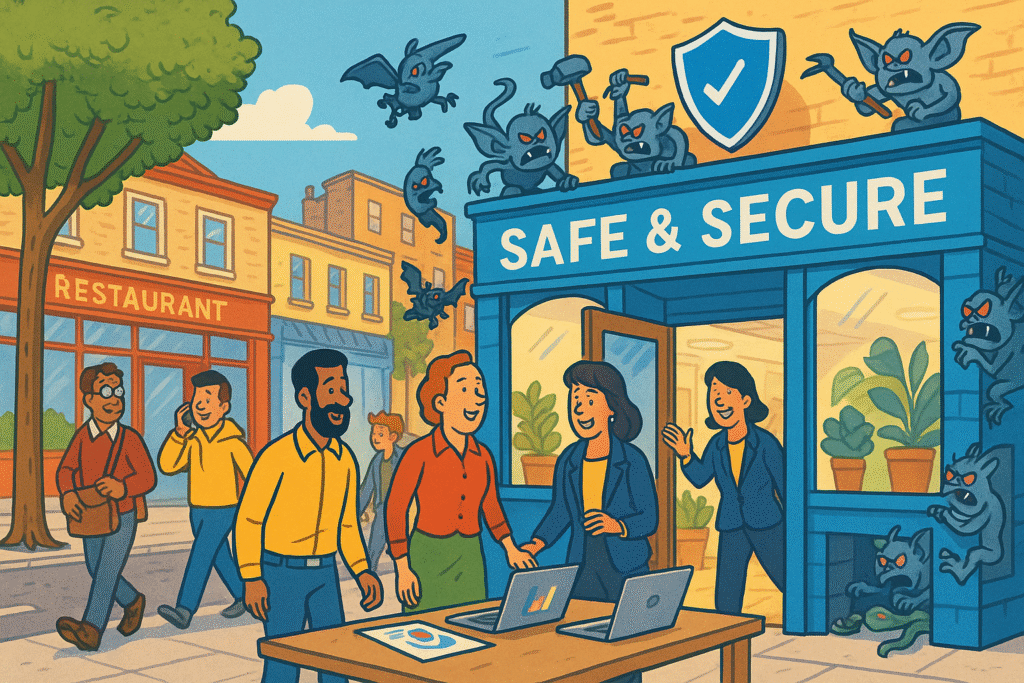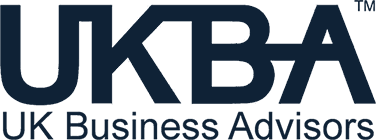
Practical steps to protect your digital front door and avoid costly disruption
Why Website Security Matters to Your Business
Your website is more than an online brochure. It’s your shop window, sales assistant and first point of contact for many customers. But without proper protection, it can also be your biggest vulnerability.
Cyber-attacks don’t just target big corporations. SMEs are often easier to breach and slower to recover. The good news? A few practical actions can reduce your risk.
1. Use Strong Passwords and Don’t Share Them Around
Weak passwords are still the most common way hackers get in. Think “admin123” or your dog’s name followed by your birthday.
Instead:
- Use passwords with 12+ characters, including symbols and upper/lowercase letters
- Don’t reuse the same password on multiple platforms
- Set clear rules if more than one person logs into your site
Better still, use a password manager and set regular update reminders.
2. Keep Software and Plugins Up to Date
If you use WordPress (which powers over 40% of the internet), keeping your system up to date is critical.
Plugin updates often contain security fixes. Ignoring them leaves the door wide open to known threats. Hackers look for outdated websites. Don’t be an easy target.
Other platforms like Wix or Squarespace update automatically, but double-check your settings.
If you’re unsure about handling updates yourself, many developers offer maintenance packages to manage it for you.
3. Back Up Everything. Then Do It Again
Before running updates, always back up your site. Good hosting providers do this daily. If yours doesn’t, it’s time to look elsewhere.
Also keep occasional manual backups, ideally saved offline or in the cloud. If something breaks or you’re attacked, you’ll want a clean version to restore quickly.
4. Add Extra Security with Trusted Tools
For WordPress users, tools like Wordfence or Sucuri provide excellent protection. They:
- Block common threats
- Monitor site traffic
- Help clean up if something goes wrong
Even free versions can make a big difference.
5. Check Your SSL Certificate
An SSL certificate encrypts data — protecting users when they fill in forms or make payments. You’ll know it’s active if your site starts with “https://” and shows a padlock in the browser.
Bonus: Google ranks secure sites higher.
Bonus Tip: Train Your Team to Spot Dodgy Emails
Many website hacks start with someone clicking on a fake link or sharing a password without thinking.
A short, clear guide on email safety and admin logins can stop simple mistakes from becoming major problems.
Final Thought: Security Doesn’t Have to Be Complicated
You don’t need to be technical to protect your site. Just:
- Use strong passwords
- Keep software updated
- Back up your site
- Add security tools
- Use SSL
- Train your team
At UK Business Advisors, we help businesses build secure, trusted digital systems that support growth. If your website is business-critical, don’t wait until something goes wrong to secure it.
